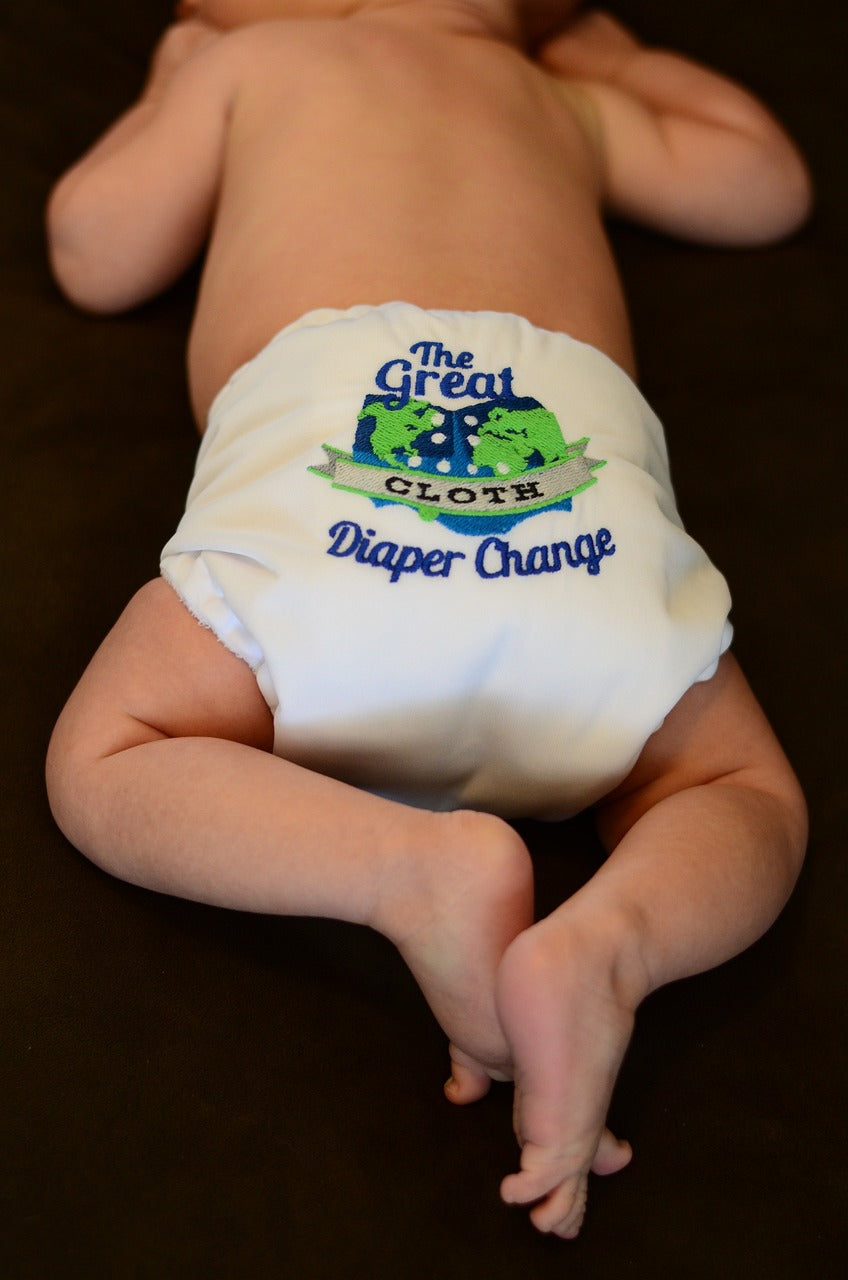Diapering and Hygiene: Essential Practices for Your Baby's Comfort and Health
Diapering is an integral part of caring for your baby's hygiene and ensuring their comfort and well-being. It's important to establish proper diapering practices to prevent diaper rash, maintain cleanliness, and promote healthy skin. In this article, we will delve into the essentials of diapering and hygiene to help you navigate this aspect of parenthood effectively.
Choosing the Right Diapers:
Selecting the right type of diapers is crucial for your baby's comfort and skin health. Whether you opt for disposable or cloth diapers, consider factors such as absorbency, fit, and breathability. Ensure that the diapers are free from harsh chemicals, fragrances, and dyes that can irritate your baby's delicate skin.

Diaper Changing Essentials:
Create a diaper changing station with all the necessary supplies within reach. Keep clean diapers, wipes, diaper rash cream, and a changing pad or soft towel ready. Having everything organized and accessible will make the diaper changing process more efficient and reduce the chances of accidents.

Proper Diaper Changing Technique:
When changing your baby's diaper, follow these steps for proper hygiene and cleanliness:
- Wash your hands thoroughly before and after diaper changes to prevent the spread of germs.
- Lay your baby on a changing pad or soft surface and unfasten the dirty diaper.
- Clean your baby's diaper area using fragrance-free wipes or a soft washcloth dampened with warm water. Wipe gently from front to back to prevent the spread of bacteria.
- Allow the skin to air dry or pat it gently with a clean towel before putting on a fresh diaper.
- Apply a thin layer of diaper rash cream if needed, especially if your baby has a tendency to develop diaper rash.
- Secure the clean diaper snugly, ensuring it's not too tight or too loose.

Diaper Rash Prevention and Treatment:
Diaper rash is a common concern for babies, but there are steps you can take to prevent and treat it:
- Change your baby's diaper frequently to keep their skin dry and clean.
- Use fragrance-free and hypoallergenic wipes or opt for warm water and a soft cloth during diaper changes.
- Avoid using harsh soaps or wipes containing alcohol, as these can irritate the skin.
- Apply a thin layer of diaper rash cream with zinc oxide to create a protective barrier against moisture and irritants.
- If diaper rash persists or worsens, consult your pediatrician for further evaluation and guidance.

Bathing and Cleansing:
Regular bathing helps keep your baby's skin clean and fresh. Use lukewarm water and a mild, baby-friendly cleanser specifically formulated for delicate skin. Gently cleanse your baby's body, paying attention to folds and creases. Pat the skin dry and moisturize if needed, focusing on areas prone to dryness.

Diapering and hygiene are essential aspects of caring for your baby's comfort and health. By choosing the right diapers, following proper diaper changing techniques, and maintaining good hygiene practices, you can help prevent diaper rash, promote healthy skin, and ensure your baby's overall well-being. Remember, regular diaper changes, gentle cleansing, and moisturizing when needed go a long way in keeping your baby clean, comfortable, and happy.








